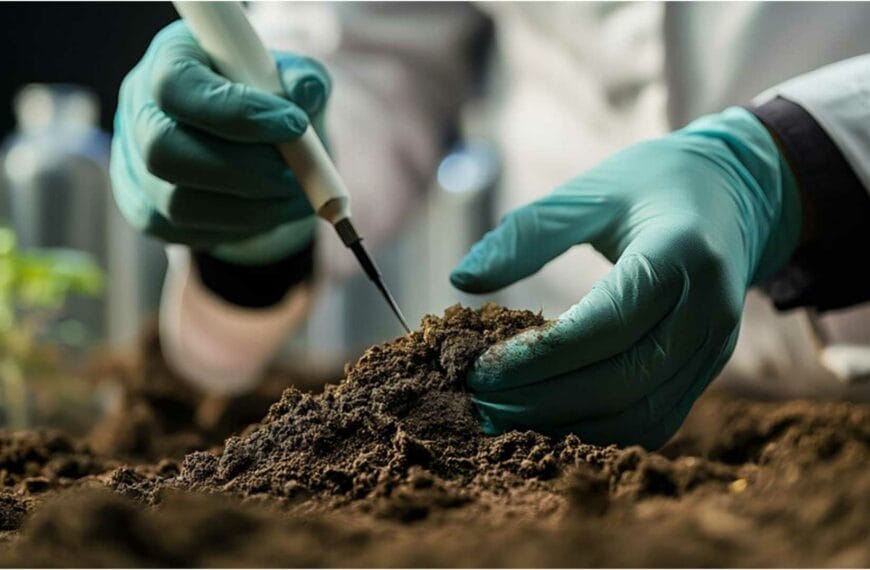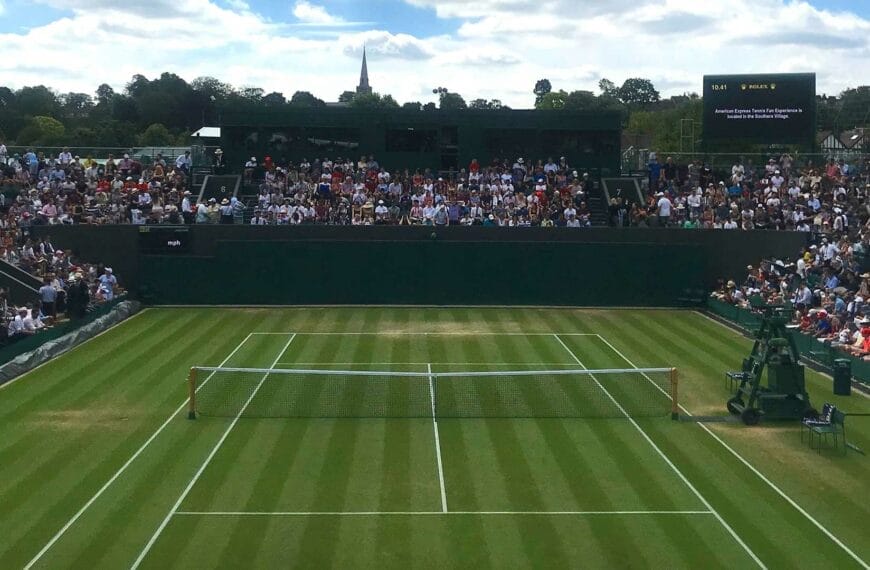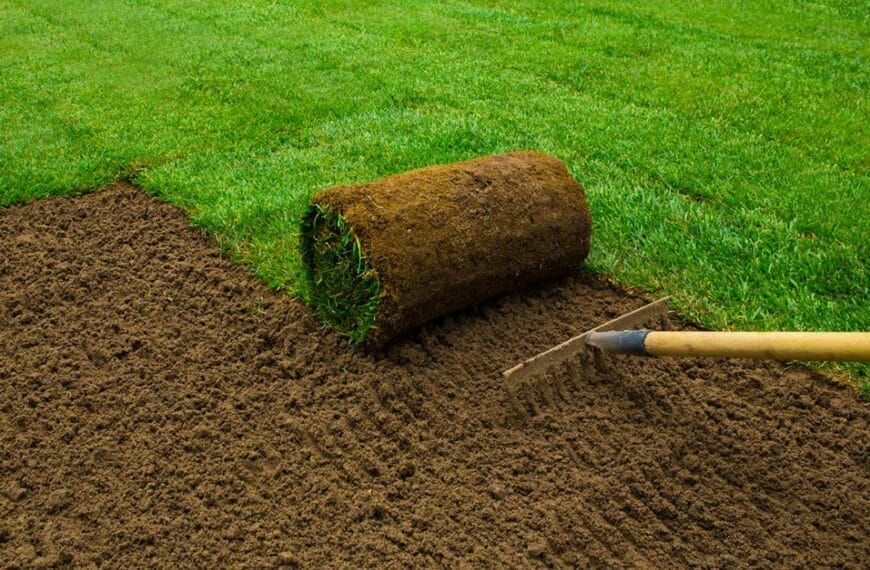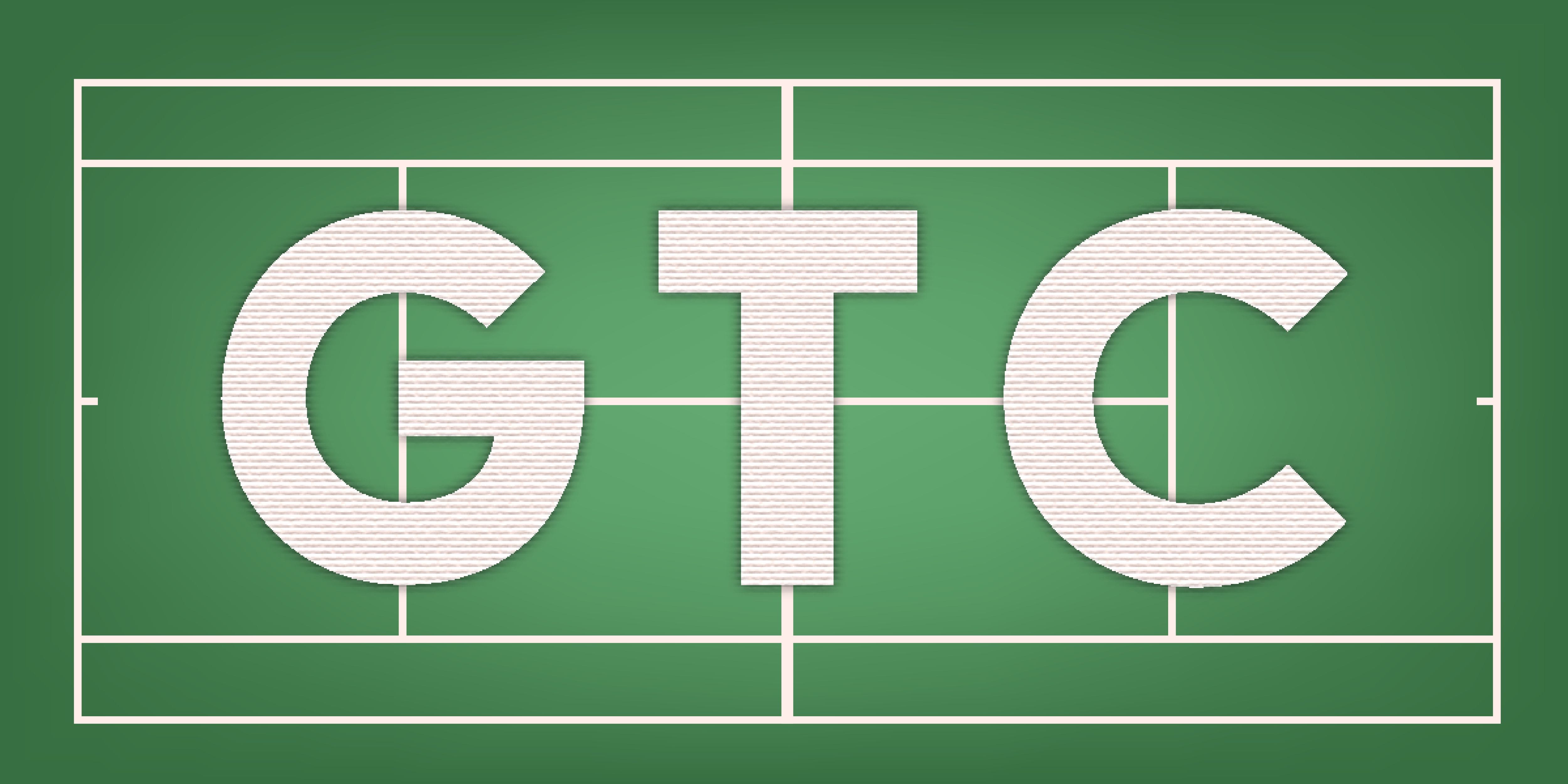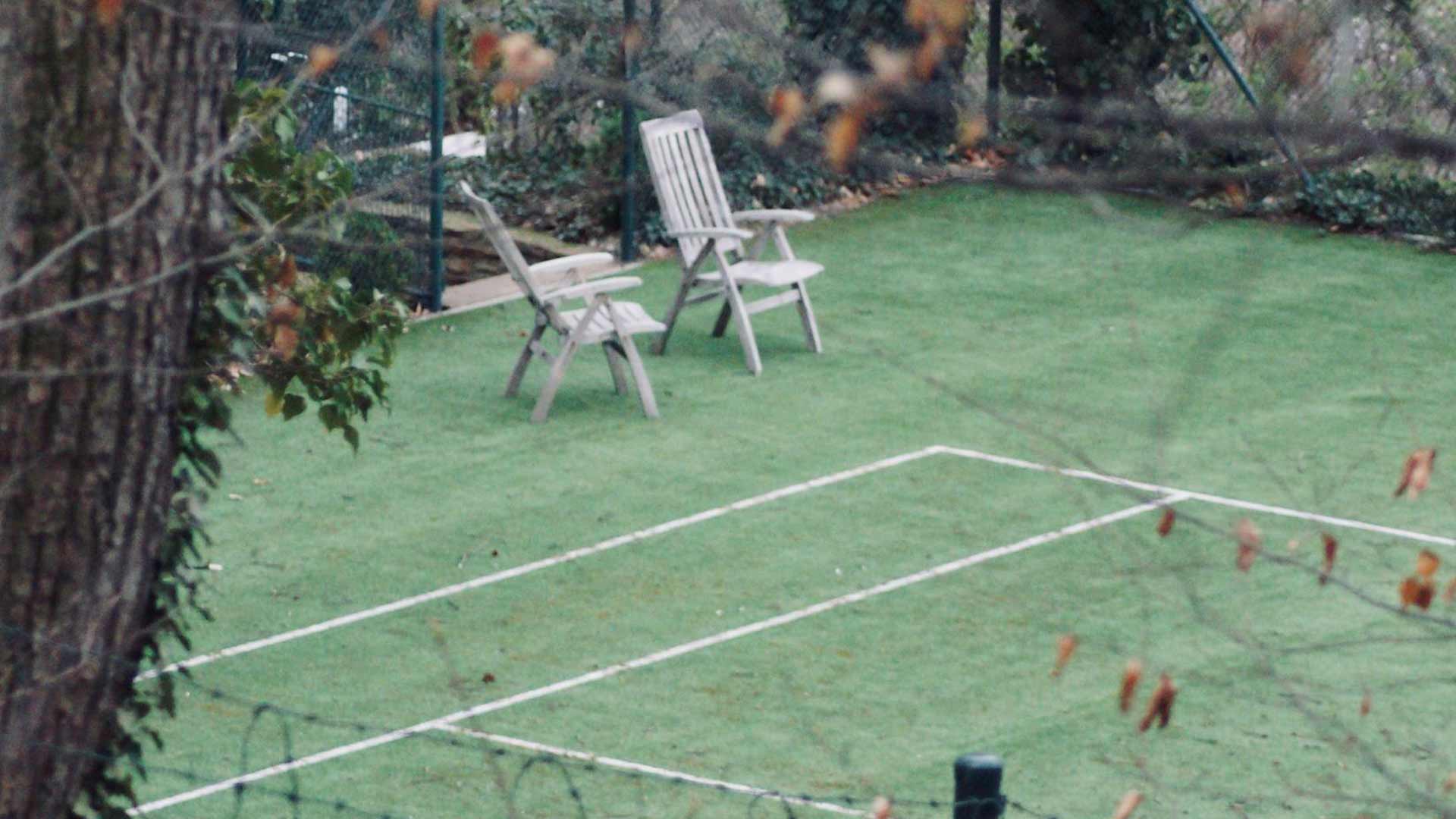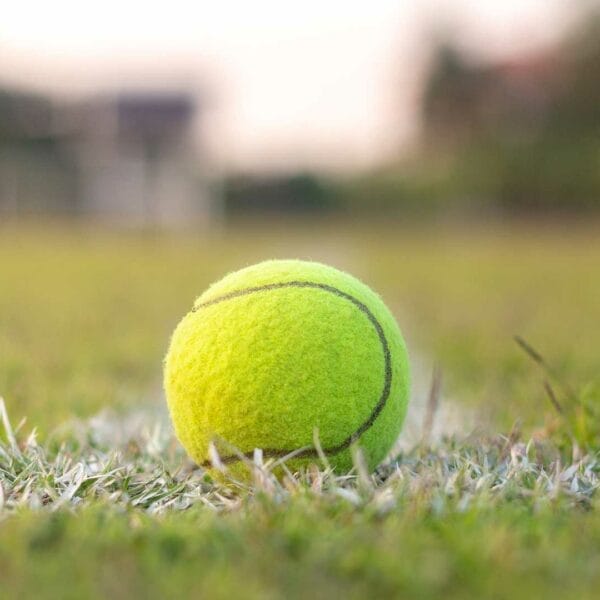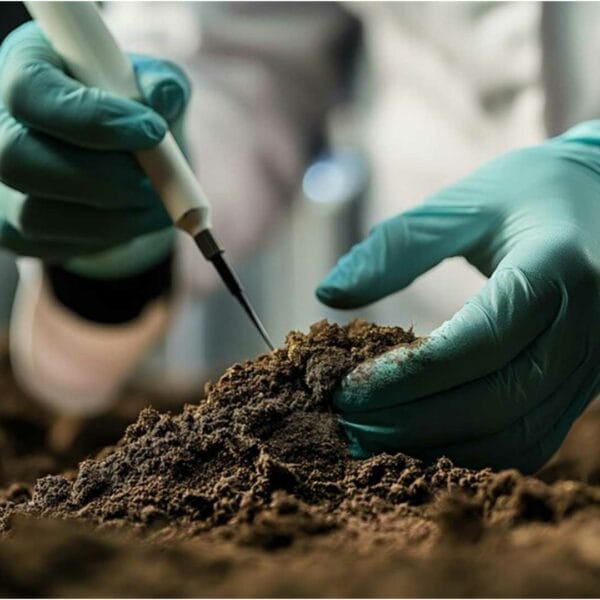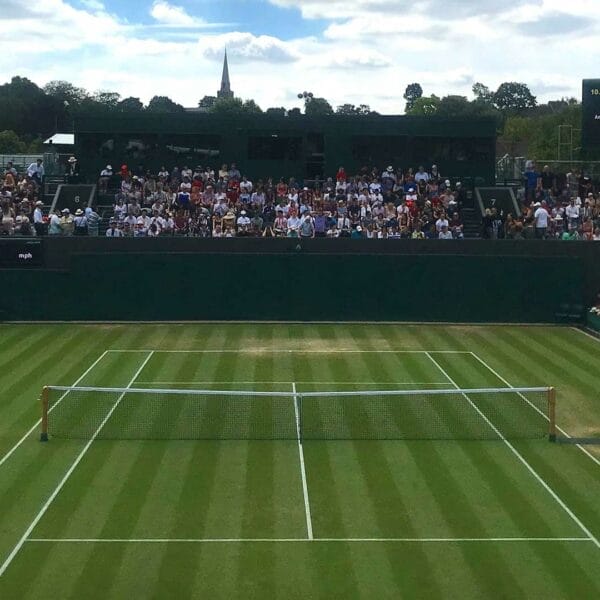The Unseen Network: Ensuring Proper Drainage on a Grass Tennis Court
For any grass tennis court, regardless of its location – from the meticulously manicured lawns of Wimbledon to a newly established club in the tropical climate of Kuala Lumpur – the ability to manage water is paramount. A grass court’s nemesis isn’t just heavy play; it’s waterlogging. An improperly drained court is not only unplayable, but it’s also prone to disease, compaction, and long-term damage to the turf and its underlying structure. As expert grass court builders and consultants, we consistently emphasize that effective drainage isn’t an afterthought; it’s a non-negotiable cornerstone of a resilient, high-performance grass tennis court.
Your statement succinctly captures the essence: “Proper drainage is ensured by installing a network of perforated pipes beneath the court, usually in a herringbone or grid pattern. These pipes direct water away from the surface. A slightly graded slope, typically 1% towards the sides, helps water flow off the court. Adding a gravel layer beneath the soil base further enhances drainage.” This outlines a sophisticated multi-layered system designed to combat excess moisture. Let’s explore each component of this critical unseen network.
The Sub-Surface Pipe Network: The Heart of the System
At the core of any effective grass court drainage system is a network of perforated pipes buried beneath the playing surface. These pipes are the primary conduits for collecting and removing excess water from the sub-surface layers.
- Perforated Pipes: These are typically PVC or corrugated plastic pipes with small holes or slits along their length. These perforations allow water from the surrounding soil and gravel layers to enter the pipe.
- Pattern Layout:
- **Herringbone Pattern:** This is a very common and effective design. A central collector pipe runs down the middle or along one side of the court, with smaller lateral (or “finger”) pipes branching off at an angle, resembling a fish skeleton. This pattern efficiently captures water across the entire court area.
- **Grid Pattern:** Less common for tennis courts, but sometimes used. This involves pipes laid in a rectangular grid, offering comprehensive coverage.
- Installation: The pipes are laid in trenches at a specific depth (typically 30-60 cm or 1-2 feet) and with a slight downward slope, ensuring gravity assists the water flow towards an outfall. They are usually wrapped in a filter fabric to prevent soil particles from clogging the perforations.
- Outfall: All pipes lead to a main collector pipe, which in turn directs the water away from the court to a suitable discharge point – a storm drain, a collection pond, or a natural watercourse. This is a critical design element, especially in areas with high water tables or strict environmental regulations.
The design of this pipe network requires careful engineering, considering the soil type, expected rainfall intensity, and the court’s overall size and shape. In a location like Kuala Lumpur, where torrential downpours are common, the pipe spacing and diameter may need to be optimized for higher capacity.
The Graded Slope: Surface Water Management
While the sub-surface pipes handle water that infiltrates the soil, surface water runoff is equally important. “A slightly graded slope, typically 1% towards the sides, helps water flow off the court.” This gentle contouring is designed to prevent standing water on the playing surface.
- Crown or Cross-Slope: Tennis courts are typically built with a subtle crown (a slight rise in the center, sloping towards the sidelines) or a cross-slope (sloping from one side to the other, or from baseline to baseline).
- Optimal Gradient: A 1% slope means that for every 100 feet (approx. 30 meters) across the court, there’s a 1-foot (approx. 30 cm) drop in elevation. This is just enough to encourage surface water to run off without affecting ball bounce or player movement significantly.
- Prevention of Ponding: Even the slightest depressions can collect water, creating unplayable wet spots and damaging the grass. Precise grading during the initial site preparation is therefore critical to achieve this consistent slope.
The combination of surface grading and sub-surface drainage works in tandem: surface water runs off, while water that infiltrates the grass layer is quickly removed by the pipe network. This dual approach ensures maximum playability, even after significant rainfall.

The Gravel Layer: Enhanced Percolation and Capillary Break
Positioned directly above the pipe network and beneath the sand-clay soil base, “adding a gravel layer beneath the soil base further enhances drainage.” This layer acts as a crucial intermediary, facilitating rapid water movement and protecting the sub-surface pipes.
- Rapid Water Movement: The large void spaces between the gravel particles allow water to drain much faster than through soil alone. This acts as a highly permeable zone, quickly pulling water down from the rootzone.
- Protection of Pipes: The gravel layer encases and protects the perforated pipes from direct contact with the finer soil particles, which could otherwise clog the pipe perforations over time.
- Capillary Break: This layer also serves as a capillary break. It prevents water from rising back up into the rootzone from a saturated sub-base via capillary action, thereby helping to maintain a consistent moisture level in the grass layer and prevent over-saturation.
- Structural Support: The gravel layer contributes to the overall structural stability of the court, helping to distribute weight and prevent settling.
The type of gravel is important; it should be clean, free from fines, and typically angular to provide maximum void space and stability. A depth of 10-20 cm (4-8 inches) is common, with specific grading sometimes used (coarser gravel below, finer above) to prevent intermixing of layers.
The Role of the Sand-Clay Soil Base
While often discussed in terms of its role in root development and stability, the sand-clay mix of the immediate soil base also plays a critical role in drainage. A high sand content ensures good internal permeability, allowing water to pass through the rootzone efficiently to reach the underlying gravel and pipe network. The careful balance of sand and clay prevents the soil from becoming overly compacted and impermeable, which would trap water at the surface.
“Drainage is the lifeblood of a grass court. Without it, the court suffocates. Every layer, from the grass blades to the deep-set pipes, is engineered to work in harmony, managing water with precision.”
The Climate Factor: Drainage in Kuala Lumpur
When building a grass court in a tropical climate like Kuala Lumpur, robust drainage systems become even more critical due to the frequent, intense rainfall and high humidity. While the core principles remain the same, adaptations are often necessary:
- Increased Capacity: The pipe network might need to be designed with closer spacing or larger diameters to handle higher volumes of water.
- Faster Percolation: The sand content in the rootzone mix might be slightly higher to maximize percolation rates.
- Fungal Prevention: Excellent drainage is also key to preventing fungal diseases, which thrive in warm, waterlogged conditions. Rapid drying of the surface after rain is a primary defense.
- Maintenance Vigilance: In such climates, regular aeration and dethatching become even more crucial to prevent compaction and organic matter build-up, which can impede drainage over time.
The design and construction of grass courts in tropical environments demand a heightened focus on every aspect of water management to ensure sustained playability and court health.
Ongoing Drainage Maintenance
Even the best-designed drainage system requires ongoing attention:
- Aeration: Regular aeration (poking holes in the turf) prevents surface compaction and allows water to penetrate the rootzone more easily, rather than running off.
- Dethatching: Removing excessive thatch (a layer of organic matter between grass and soil) improves water penetration and reduces surface wetness.
- Top-dressing: Applying sand or a sand-soil mix helps to improve the surface’s permeability and levelness, facilitating runoff and infiltration.
- Inspection: Periodically checking drainage outfalls for blockages from debris is vital to ensure the system remains functional.
These maintenance practices are not just about grass health; they are integral to maintaining the efficiency of the entire drainage system.
Did You Know?
Wimbledon’s courts feature sophisticated sub-surface drainage systems that allow them to recover incredibly quickly after rain. Their groundskeepers are masters of water management, ensuring that play resumes as swiftly as possible, a testament to world-class drainage design and maintenance.Conclusion
Proper drainage is the silent guardian of a grass tennis court, working tirelessly beneath the surface to ensure its playability and longevity. The multi-layered approach, incorporating sub-surface perforated pipes, a meticulously graded surface, and a permeable gravel layer, creates a robust system capable of handling even intense rainfall. Whether you’re planning a new court or seeking to improve an existing one, understanding and prioritizing these drainage principles is fundamental to cultivating a resilient, world-class grass tennis court. Explore more insights on court construction, grass layer management, and maintenance strategies at GrassTennisClub.com.
Further Reading & Resources:
- Text Resource: “Sports Field Drainage” – STRI (Sports Turf Research Institute) – https://stri.co.uk/blog/sports-field-drainage/ (Professional-level insights into sports turf drainage).
- Video Resource: “How a Golf Course Drainage System Works” – Rain Bird Golf – Search “Golf Course Drainage System” on YouTube for relevant videos. (Find a suitable video demonstrating subsurface drainage in golf, principles are directly applicable to grass courts).
(Note: Please find an appropriate, informative video link on golf course drainage, as specific YouTube URLs can change.) - Text Resource: University of California Agriculture & Natural Resources – “Drainage for Landscapes” – https://anrcatalog.ucanr.edu/pdf/8389.pdf (Comprehensive guide to landscape drainage principles, useful for understanding the fundamentals).
Disclaimer: This blog post provides general guidance. The specific design and installation of a drainage system require detailed site analysis, soil testing, and consultation with experienced civil engineers and sports turf specialists to ensure compliance with local regulations and optimal performance for your specific climate and location.


